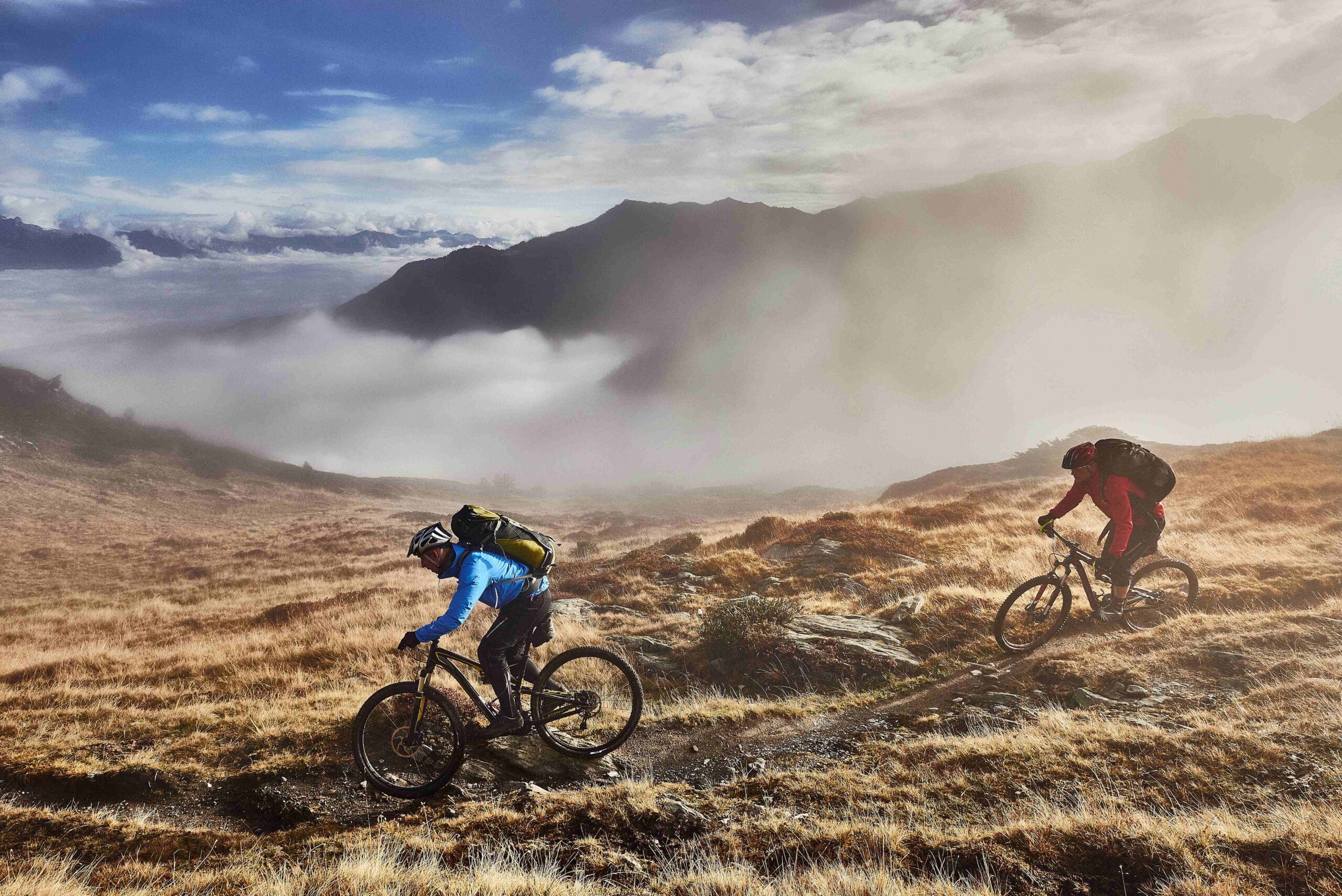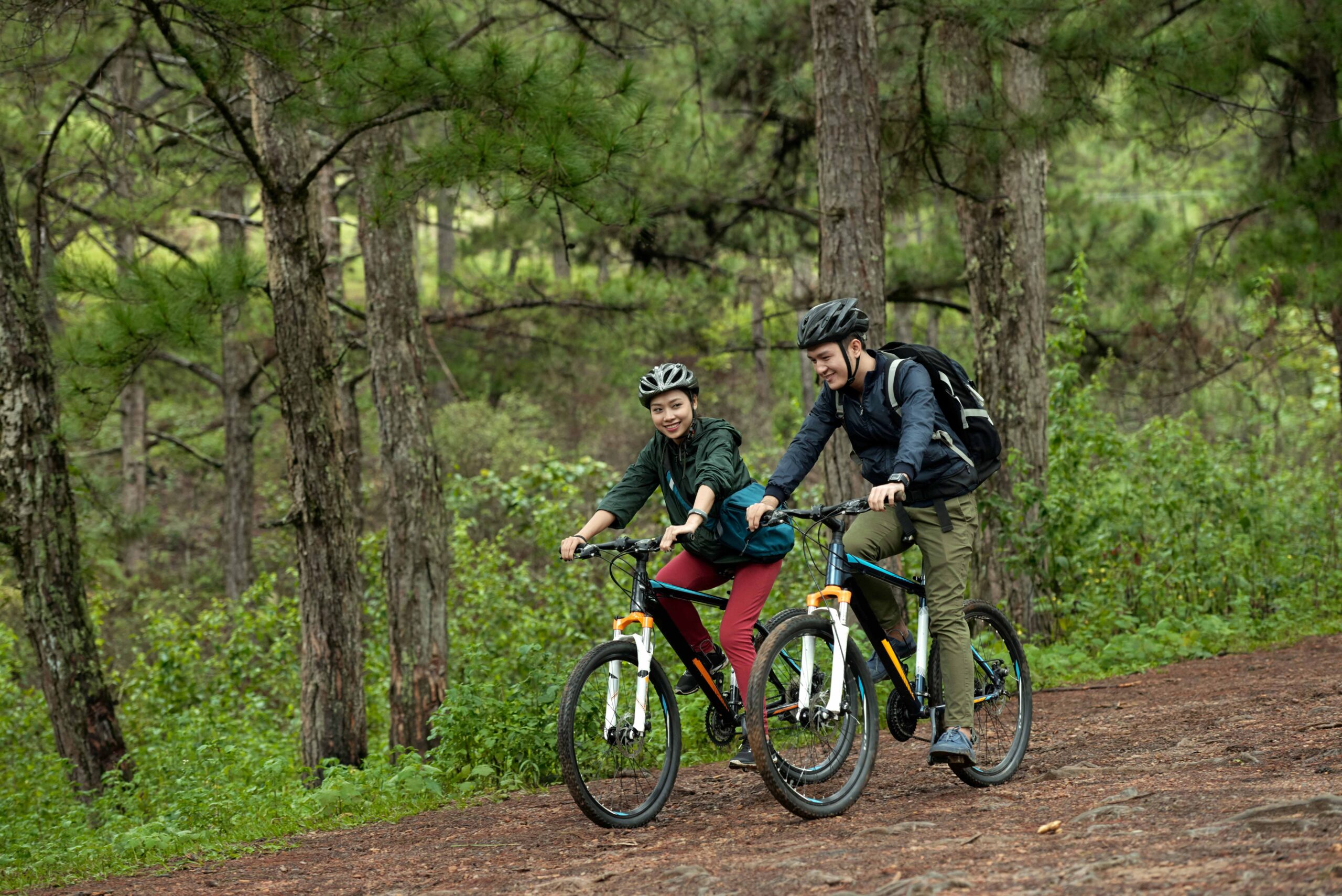It’s 7:42 AM in May. The light’s still soft, the trail dry but not dusty. One rider clips in just past the wooden post at Horse Gulch, then hesitates — not from doubt, but timing. Morning rides here are different. They wait for shadow, for silence. And then — they go.
Mountain biking in Durango, CO isn’t performance. It’s a pattern. You don’t conquer the trail — you join it. Or try to.
Early rides in May along Horse Gulch offer cooler temps and minimal trail traffic — most locals aim to be off the hill before 10:30 to avoid heat glare and mid-morning crowd pulses.
Where The Terrain Learns You First
Durango doesn’t just offer trails — it offers types of riding. Fast climbs that bleed into pine shade. Technical descents broken by wildflower meadows. Exposed ridgelines where you lose time counting peaks.
And it’s not about prestige. You’ll see weekend warriors, local teens testing new builds, tourists with gear that’s been overpacked but underused. Somehow, they all belong.
Then there’s the unspoken rhythm. Dry days make the loop smoother. Rain warps it — sometimes for the better. You adapt. Or fall.
We used to think route choice came first. Turns out, timing matters more — and not just seasonal, but daily.
From Flow to Challenge: Trails That Build You Backwards
Let’s cut to specifics. These are the routes that shape Durango’s MTB identity:
Beginner & Flow-Focused:
- Horse Gulch Trail System – Close to town, mix of loops, low elevation gain
- Twin Buttes – Mellow grades, great views, ideal for late-day rides
- Dalla Mountain Park – Rooty but navigable, well-marked, short entry points
Intermediate to Technical:
- Haflin Creek – Switchbacks + steep descent (~2,300 ft drop)
- Dry Fork/Colorado Trail Segment – Classic climb, beautiful descent
- Log Chutes – Old-school, raw, with sections that reward focus
Advanced & Long-haul:
- Colorado Trail (Junction Creek) – Popular launch point for full-section rides
- Engineer Mountain Loop – Alpine access, rock gardens, high exposure
- Hermosa Creek Trail – 18+ miles, water crossings, remote feel
In June 2023, multiple riders reported increased logfall near the upper Dry Fork segment — city crews responded within 48 hours, a reminder how fast things shift in the San Juans.
Why Riders Keep Coming Back
Some towns promote their biking scene. Durango doesn’t need to. The trails do it for them.
Pros train here. Locals rebuild trails in spring melt. Visitors return not for photos, but because their legs remember something that maps never marked. A turn that didn’t feel right until the third time. A view that hit harder after the storm passed. A section where you almost fell — and didn’t.
There’s no single “best” trail. That’s the trick. It’s not about highlights. It’s about fit. And that changes every ride.
Infrastructure and Etiquette That Actually Work
Durango’s biking infrastructure isn’t just signage and parking lots — though it has those. It’s the culture:
- Trail stewardship groups maintain weekly workdays
- Shuttle services available to key trailheads in peak season
- Bike shops open early, especially during race weekends
- Trail etiquette respected — uphill yields apply, even when it’s close
Locals will warn you — not with signs, but with nods or jokes. It’s a place where skill earns respect, but attention earns more.
What It Means To Ride Here
Biking here resets something. Legs burn, yes. But it’s more about the space your brain gets between switchbacks. About how a simple right turn off 25th Street becomes a shift in tempo.
For Durango, mountain biking isn’t just a sport. It’s dialogue. Between rider and land. Between season and slope. And it keeps changing — not drastically, but enough to keep your gear out, even when the weather says no.

Comments are closed